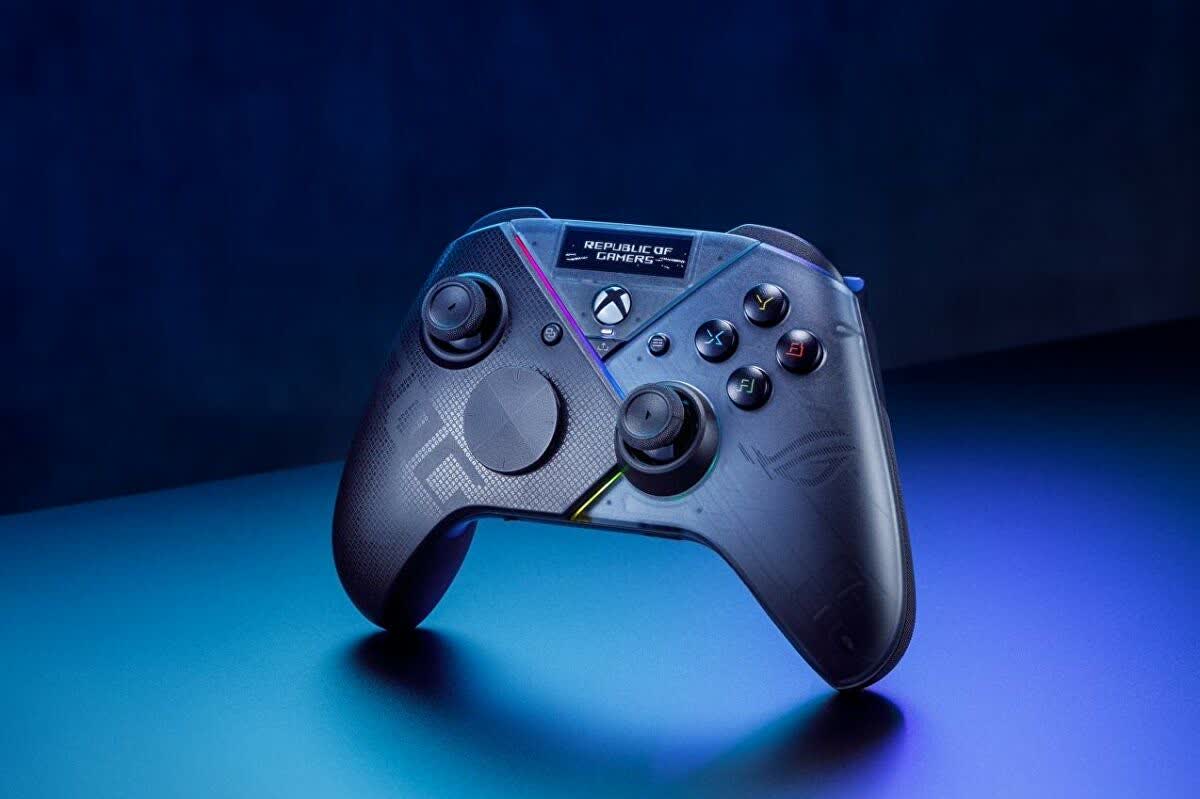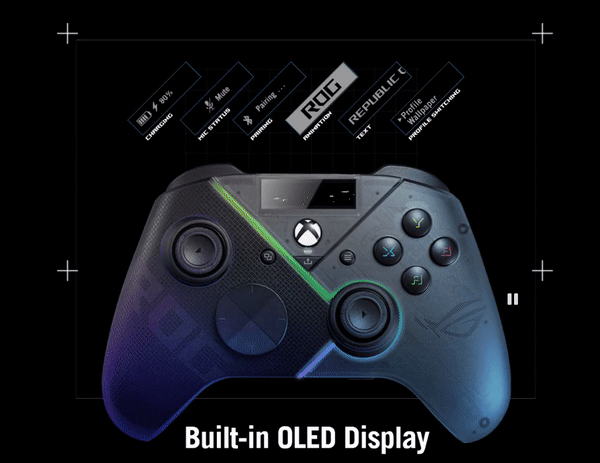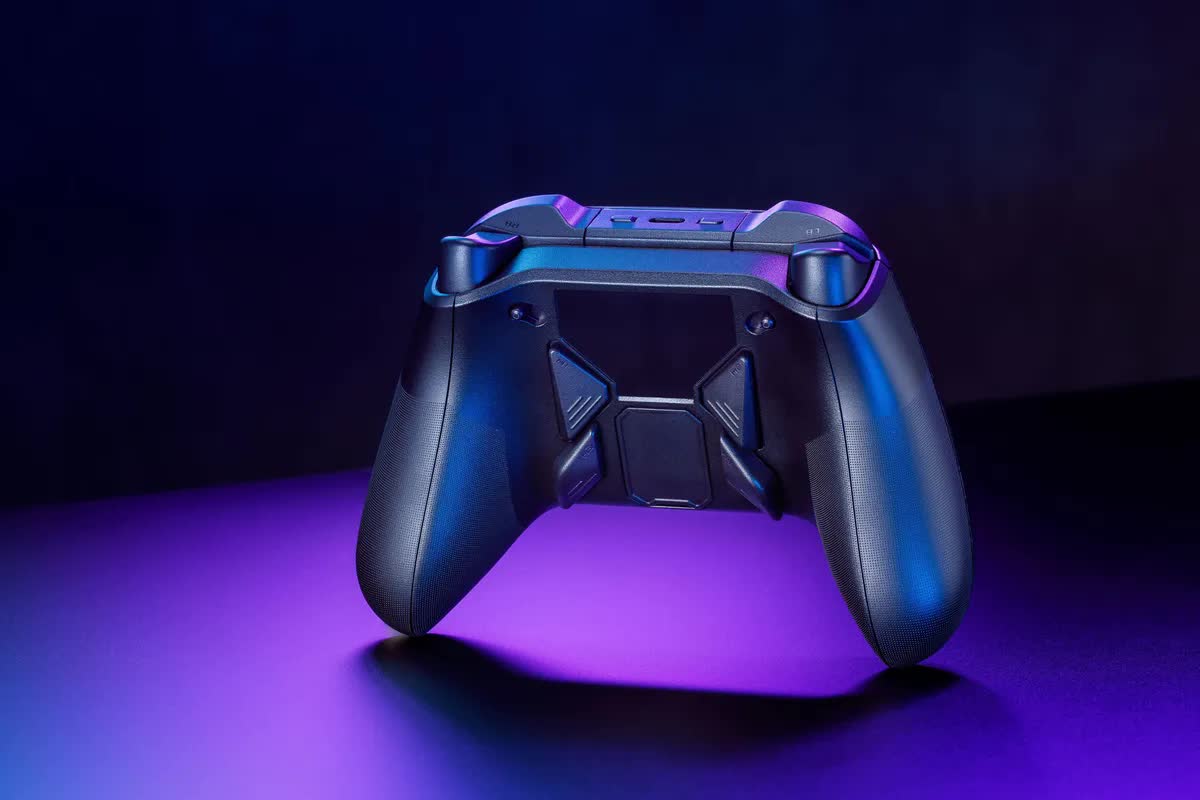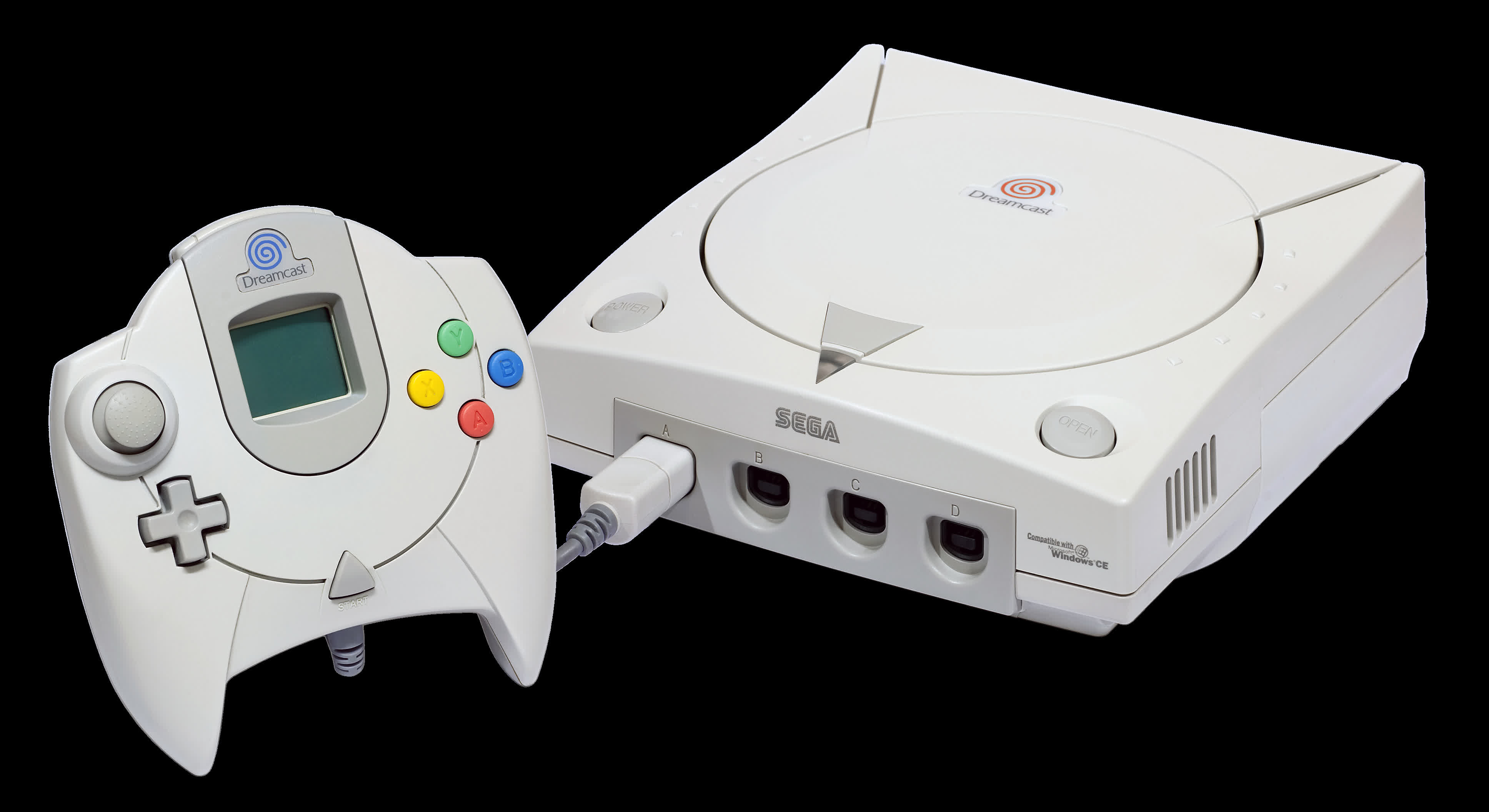What just happened? Asus has announced an Xbox/PC controller that offers some very fancy features, including a small (1.3-inch) OLED display sitting above the Xbox button and tri-mode connectivity. In the case of the latter, the ROG Raikiri Pro is the first officially licensed Xbox controller to carry this type of connectivity.
The OLED display is the highlight of the controller. Its size means the pixel count is just 128 x 40, but it will still be able to show customizable animations like moving wallpapers and text, as well as indicators such as battery life and microphone status, though its main use will likely be for switching profiles on the fly while gaming.
The other big feature of the controller is its tri-mode connectivity, allowing users to connect via a choice of Bluetooth, a low-latency 2.4GHz RF mode, or wired USB-C. The Verge notes that Asus only mentions connectivity to an Xbox Series X/S console via wired USB-C, so many of the pro features could be PC-only; the company describes the Raikiri Pro as being a pro PC controller.
Elsewhere, the controller packs four left and right rear buttons that can be programmed for in-game commands or for on-the-fly joystick sensitivity shifts, triggers with two different range modes and customizable dead zones, remap buttons, and adjustable joystick sensitivity. It also comes with a built-in ESS DAC for immersive audio, a 3.5 mm earphone jack, and a mute button.
Asus said the Raikiri Pro would be available at some point during the current first quarter, though it never gave any specific dates. Another missing piece of information is the price, but expect this one to be expensive.
The Dreamcast---ahead of its time
For comparison, the ultra-customizable modular Victrix BFG Pro Controller for the PC and PlayStation is $180, the same price as Microsoft's own Xbox Elite Controller Series 2, which has customizable sticks, paddles, and bumpers but no integrated OLED display. Don't be surprised if Asus' controller is around the $200 or higher mark. Still, that might be acceptable to those of us who owned a Sega Dreamcast console and a VMU (Visual Memory Unit) a couple of decades ago and crave a retro fix.



